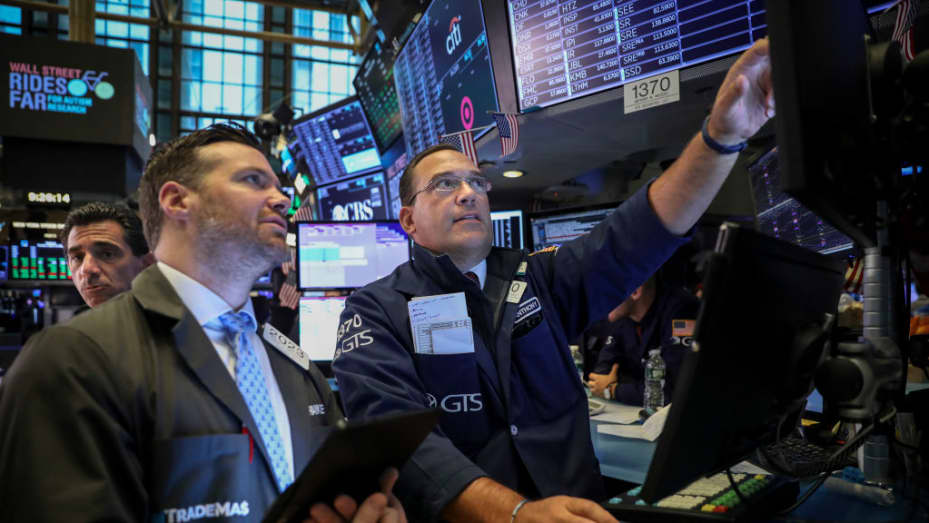Is today’s financial strains looking like 2007?
Looking back, 2007 was the year that the first real signs emerged that rising interest rates, particularly mortgage rates, were creating significant financial strains. But it was not until 2008 that these exploded to become the catastrophe subsequently labelled the global financial crisis.

The US equity market was declining.
>> Is a global financial crisis imminent?
Sixteen years on from 2007 we again have rising interest rates, weakness in real estate markets and we have started to see some hints that this could cause significant financial distress. Earlier this year, we saw strains in US regional banks such as Silicon Valley Bank, which collapsed, and Republic Bank which was taken over.
While these failures were different to 2007 in some respects, such as the much greater speed of deposit withdrawal compared to 16 years ago, similar underlying fears surrounding real estate have also had a role to play. But while 2007 was all about real estate markets, not just in the US but notably in the UK as well, question marks about regional US banks have had more to do with vulnerabilities in the commercial property sector.
In China, too it is the property sector that is creating the headaches. And while this might have appeared likely to weigh only on domestic lenders, the surprisingly weak results from Standard Chartered, and the slump in the share price could be a reminder of the tensions we saw in non-US lenders such as BNP-Paribas back in 2007 when the US mortgage market started to creak.
But while there might be apparent similarities with 2007 right now, there are also lots of differences. The main one, of course, is that the vulnerability of the housing market in the US was not just sparked by rising Fed rates which increased by 425-bps in two years, but generated by the plethora of financial products that, among other things, packaged groups of risky mortgages into products that commanded higher rates and higher credit ratings, making them attractive to investors.
Today it is undeniable that such financial chicanery is far less prevalent. But that does not mean that risk has gone away. In many respects, it just seems to have been transferred from banks to the non-bank sector. We saw an example of these non-bank financial risks a year ago in the UK gilt market when the Liability Driven Investment (LDI) sector imploded under the weight of rising rates and collateral calls.
>> https://en.diendandoanhnghiep.vn/will-china-drive-the-global-financial-cycle-n35952.html
Moreover, if the global financial crisis was created out of the easy monetary conditions that preceded the Fed’s 2004-06 tightening cycle, the post global financial crisis period has clearly seen monetary easing on steroids with a long period of zero policy rates, very low bond yields and quantitative easing that’s seen the combined assets of the Fed, ECB and BoJ rise fivefold since 2008.
So, while there might not be the rather opaque financial engineering that was used back in 2007 to misrepresent risk and boost returns, there still seems to be an extraordinary amount of risk related to the surge in policy rates and the rise in bond yields. And, while some of this may be related to real estate, there is a theory that the extraordinary monetary easing we’ve seen since 2008 means that we might not just be facing a specific housing bubble of the sort that started to explode in 2007, but what’s called an ‘everything bubble’ as essentially all assets are inflated, at risk of a sharp fall, and at risk of creating financial tensions as they do so. Of course, nobody can know whether this year is going to prove the harbinger of recession and deep financial distress just as 2007 did all those years ago.
The Standard Bank’s view is that it will not but, while the risks are there it would seem that caution should be exercised. Hence, there would not be the slide in riskier assets that we’ve seen just recently as a prime buying opportunity. As for the FX market, the US dollar is clearly struggling to make advances at a time when we might have expected more strength. But while this might hint that there could be a turnaround soon once the economic/policy/financial news improves we see dangers in trying to front-run this with US dollar sales right now.








